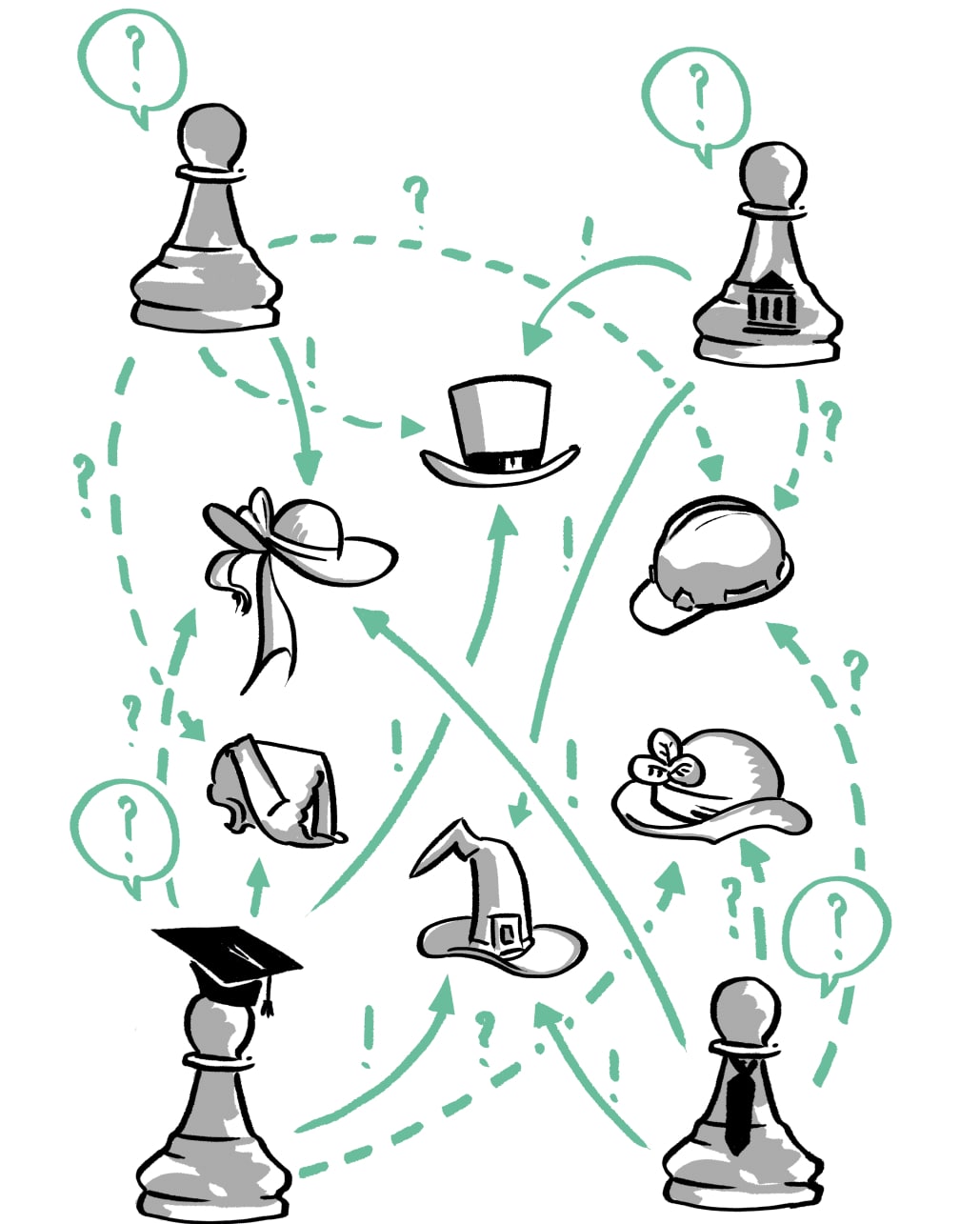
A lack of definition of role assignments, role asymmetries as well as unclear responsibilities and an unequal distribution of power make collaboration difficult. Roles and responsibilities can change during the course of the project, which should definitely be taken into account, with project management being a success-critical factor here.
In the development of a collaboration, role asymmetries due to unequal distribution of power and control may be perceived as a major transfer barrier (Kurzhals et al., 2021, in reference to Israel et al., 1998 and Strier, 2010). In addition, a lack of definition of the general distribution of roles and the uncertainty that accompanies it can make collaboration difficult (Kurzhals et al., 2021, in reference to Kindred & Petrescu, 2015). Additionaly to general, unclear responsibilities and role asymmetries, inadequate project leadership can significantly inhibit the success of a collaborative project (Kurzhals et al., 2021, in reference to Babiak & Thibault, 2009). Adequate project leadership is an accelerant for transdisciplinary collaboration, so conversely, the absence of such leadership is a barrier to transfer (Kurzhals et al., 2021, in reference to Winters et al., 2016).